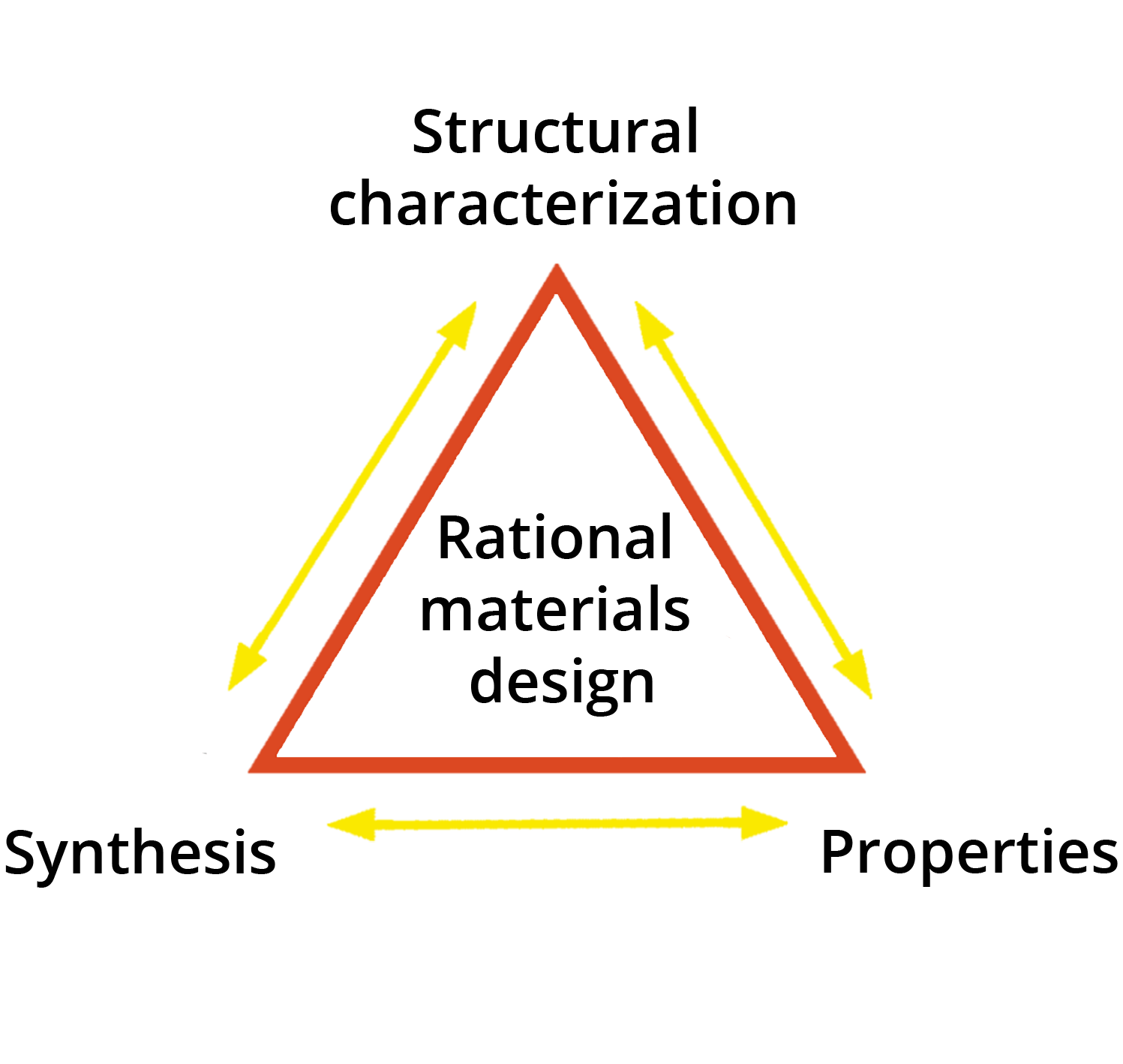
RESEARCH
Synthesis gives a material its structure, and its structure gives the material its properties. Therefore, synthesis must influence structure. Understanding the synthesis-structure-properties triangle is our group’s primary interest. To do this, we synthesized interesting materials, perform atomic-scale structural characterization with synchrotron X-rays, and understand function. Below you can find more details on our favorite ways to explore the synthesis-structure-properties triangle, where we are always interested in adding new expertise to our library of skill sets.
RESEARCH
Synthesis gives a material its structure, and its structure gives the material its properties. Therefore, synthesis must influence structure. Understanding the synthesis-structure-properties triangle is our group’s primary interest. To do this, we synthesized interesting materials, perform atomic-scale structural characterization with synchrotron X-rays, and understand function. Below you can find more details on our favorite ways to explore the synthesis-structure-properties triangle, where we are always interested in adding new expertise to our library of skill sets.

Interested in joining our team?
Synthesis

Bio-Inspired Nanomaterials
Biology has been making nanoscale materials for billions of years using very benign synthetic conditions that are inherently complex. Taking clues from biology, we aim to control the structure (and thus properties) of nanoscale materials by manipulating the interactions at this interface.
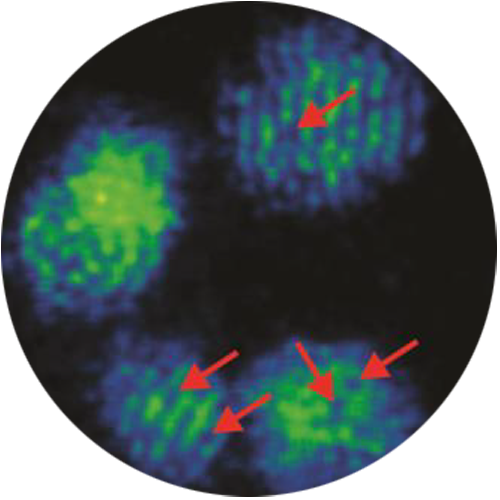
Multi-Metallic Catalysts
The mixing of metal atoms together into a single catalyst particle provides unique electronic and geometric configurations that simply cannot be achieved with a single metal chemistry. This provides routes for obtaining new configurations with potentially enhanced properties and tunability if local structure can be better understood. Our group is interested in understanding pathways for tunabilities in this interesting class of materials.

Layered Nanomaterials
Confining a 3D materials to dimensions that resemble something more 2D in nature enables interesting physical phenomena. Our group is interested in a host of configurable 2D oxides and dichalcogenides for a variety of catalytic reactions.
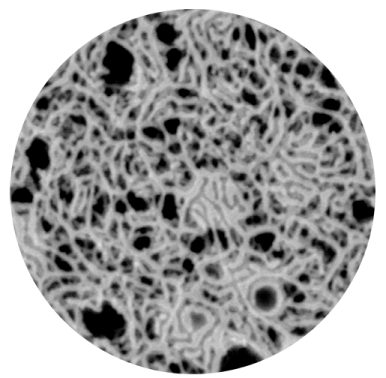
Polymer-Derived Ceramics
Polymers provide a range of chemistries and properties that allow for morphology tuning at the nanoscale. Our group is interested in greeting multi-component ceramics using preceramic polymers that have metals within their backbone (such as Si), and non-oxygen containing functionalities to arrive at a final carbide, nitride, and/or boride phase.

Metal Organic Frameworks
Reticular chemistry has provided scientists near limitless options to organize and construct highly porous materials for a variety of applications. Metal organic frameworks, or MOFs, consist of metal node materials that are highly organized by organic ligands, usually in a highly ordered fashion. Our group is interested in using these materials for decontamination and catalysis purposes, and importantly, understanding how and where certain materials and substrates could be located within the materials to maximize materials properties.
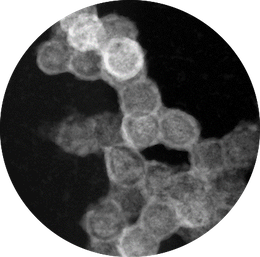
Rare Earth Metal Oxides
Rare earth metals have very interesting properties afforded by their f-block chemistries, especially in optoelectronic and magnetoelectronic applications. Synthesis of their corresponding metal oxides, especially in the context of controlling nanocrystallinity and local ordering, is a bit limited to date. Our group is interested in these materials, with a special emphasis on using bio-enabled techniques to sequester and manipulate structure (and thus properties).
Structural Characterization

X-ray Absorption Spectroscopy
X-ray absorption spectroscopy provides chemical and structural data in an element specific fashion. We use XAS to understand oxidation state changes in electrocatalytic materials, determine local bond lengths, and average coordination numbers.

Atomic Pair Distribution Function Analysis
Atomic pair distribution functions (PDFs) are obtainable through high-energy XRD experiments and provide an immediate understanding of structure. The method is ideal for nanoparticle structural determinations, where limited long range order makes it difficult to use standard XRD methods for total structure analysis

In-situ Synchrotron Characterization
To truly understand synthesis-structure-function relationships, we need to have a better understanding of structure while the material is under its intended applied conditions. Our group is interested in understanding in-situ structure and building new in-situ cells for a variety of purposes and experimental conditions
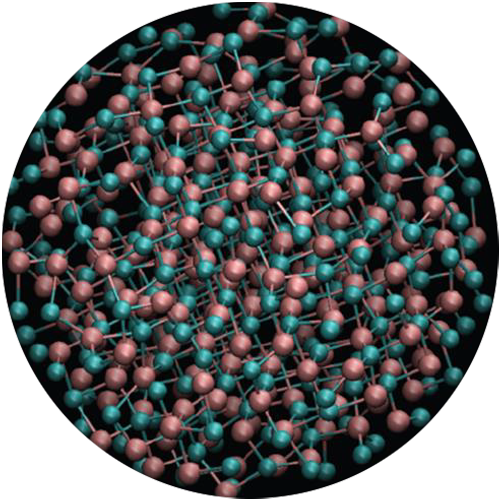
Structural Modeling Using Reverse Monte Carlo
Our group uses reverse Monte Carlo simulations to build nanoparticle structure models from synchrotron datasets. From here, we can get a visual understanding of structural phenomena while providing models to fully assess structure/function relationships.
Applications

Electrocatalysis
Electrocatalytic reactions have the ability to transform the energy landscape if better understood. Much of the work in the group is focused on various aspects of electrocatalysis, whether its toward splitting water to obtain hydrogen, converting CO2 into useful fuels, or transforming biomass to get hydrogen and commodity chemicals.

Catalysis
Just because electricity isn’t involved doesn’t mean it’s not important 🙂 Our group also examines gas phase and liquid phase reactions for a multitude of applications.
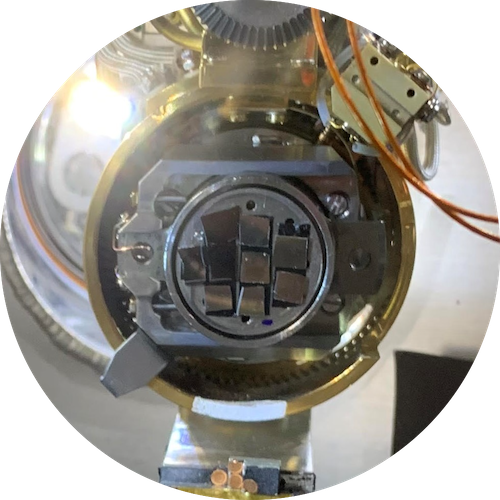
Biosensors
There are endless applications for biosensors, yet very little is known about the molecular interaction that occurs at the biotic/abiotic interface of these devices. Our group uses soft X-ray methods to help better understand molecular arrangements at this interface in hopes to make biosensors with better sensitivity and selectivity.

Advanced Ceramic Materials
Next generation of ceramic composites for hypersonics will require a range of exceptional thermomechanical and chemical properties. Our group is interested in using “chemical templating” approaches to control the morphology and structure of the final ceramic.
Supported by:
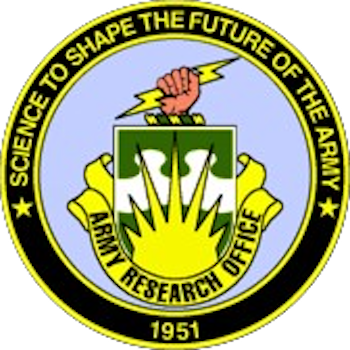


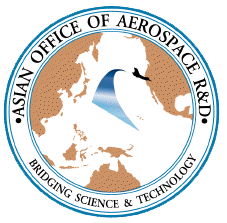
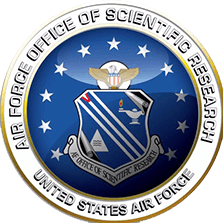




Interested in joining our team?
bedfordresearchgroup@gmail.com
